The 2000 Lake Erie Perch Report
by
Rick Kubb
D
uring the mid-to-late 1980s the yellow perch popula
tions in Lake Erie were among the highest on record. Limit catches by fishermen
were extremely common during that time. In the early to mid 1990’s the perch
populations experienced a rapid decline.
In recent years Fisheries Agencies have put forth efforts aimed at
rehabilitating the perch population. In 1996 the state of Ohio posed a 30 perch
daily bag limit. Similarly the State of Pennsylvania placed an 8 inch minimum
size limit and a 20 perch daily bag limit. Tighter regulations were also levied
on commercial fishermen.
In the past few years it is apparent that perch stocks are improving in the
Michigan, Ohio and Pennsylvania waters of Lake Erie. Perch stocks are still low
further east in New York waters.
This report represents our sixth year of reporting annual data on the status
of yellow perch stocks in Lake Erie. The data used in this report have been
obtained from official fisheries status reports obtained from Michigan, Ohio,
Pennsylvania and New York fisheries agencies. These reports were produced in the
spring of 2000 and the data in them represent the perch stocks as evaluated in
1999. As in previous years, we examine each state individually to obtain an
overall view of the yellow perch fish stocks lake-wide.
Michigan Waters
of Lake Erie
Lake Erie yellow perch abundance has been slowly on the increase in Michigan
waters of Lake Erie since 1992. In 1992 the estimated number of perch taken from
these waters was just over 200,000 fish. In 1999 the estimated number of harvest
perch was 400,000 perch, down from the estimated 586,000 perch taken in 1998
(see figure 1). The observed catch rates for yellow perch in 1999 were good and
compared favorably to catch rates in 1998. Charter boat captains continued to
have good success in taking yellow perch in 1999, as they did in 1998. In fact
charter boat catch rates for Michigan waters of Lake Erie have more than doubled
since 1994.
Results from the 1998 creel survey indicated that the yellow perch harvest in
1999 was dominated by age 3 & 4 year classes (1996 & 1995 fish). These
two age groups made up 80% of the total catch. Age 2 fish did not contribute as
significantly in 1999 as they did in 1998.
Biologists have noticed that although perch numbers have been on the increase
in recent years, perch growth has slowed somewhat. In 1999 the average length
for age-2 fish was 7 inches, average length for age 3 fish was 7.9 inches and
the average length for age 4 fish was 8.5 inches. The average perch length at a
given age in 1998 remained below the levels of the mid-1990s but similar to
those of the early 1990s. Biologist attributes the slower growth to the
increased abundance of perch in the western basin of Lake Erie and subsequent
increased competition for food.
Yellow perch catch rates for Lake St. Clair were down considerably compared
to recent years. Biologists believe this was due to the fact that the yellow
perch fishing peaked in October in 1999 after most anglers are done fishing for
the year. Traditionally, perch fishing is best in the month of September.
Ohio waters
of Lake Erie
Yellow perch stocks in Ohio waters have also been on the rise since 1990 (see
figure 2). This can be attributed in large measure to successful perch hatches
in 4 of the last 5 years and reduced fishing mortality in part due to the lower
daily bag limit imposed in 1996. The very strong 1996 year class has boosted
adult abundance to levels not evident since the late 1980s. The lower than
average
perch hatch in 1997 will cause the adult perch population to be down somewhat
this year compared to a year ago. However very strong hatches in 1998 and 1999
will assure strong perch populations beyond the year 2000.
In 1999 Ohio’s sport and commercial fishermen were both within their
allotted quotas for the second straight year. The 30 perch/day bag limit will
remain in effect for this year.
In 1999 private boat anglers harvested an estimated 5.2 million yellow perch
and expended an estimated 1.6 million targeted angler hours. This resulted in an
average of 3.2 fish per angler hour. The overall harvest and effort were up
slightly from 1998 (see figure 2). However catch rates were slightly lower. The
1998, 1995 and 1996 year classes made up 93% of the total sport yellow perch
harvest.
Charter captains harvested an estimated 331,000 yellow perch in 1999. This is
an increase of 44% from a year ago. The percent of limit trips by charter
anglers remained high at 40%. In 1999 there were a total of 942 licensed charter
guides in Ohio. This was a two percent drop from 1998 and well below the peak of
1,209 registered in 1989.
The majority (71%) of the perch caught in 1999 by both private fishermen and
charter guides were from the large 1996 year class.
Comparing Districts
The Ohio waters of Lake Erie are divided into three Districts (see figure 3).
District 1 is comprised of the western basin, extending to Huron, Ohio. District
2 is in the central basin and extends from Huron to Fairport. District 3 extends
from Fairport to Conneaut, Ohio.
Traditionally the greatest numbers of perch are harvested from the shallow
western basin (District 1). In 1999 a total of 3.3 million perch (combined
private & charter) were taken there. A total of 1.7 million fish were taken
from District 2. A total of .6 million fish were harvested from District 3.
Generally, yellow perch harvested by sport anglers are larger as one moves
from west to east (see figure 4). In 1999 this trend continued. The average size
yellow perch caught in District 1 was 7.9 inches and .2 pounds. This increased
to 9 inches and .4 pounds in District 2. In District 3 perch taken by anglers
averaged 9.1 inches and .4 pounds
Commercial Harvest
In 1999 the commercial harvest of yellow perch was well below the quota of
895,000 pounds. The total harvest was 697,000 pounds with 201,000 pounds coming
from the western basin and 496,000 pounds coming from the central basin. The
total commercial harvest increased about 20% from 1998. The 1996 year class of
yellow perch was the strongest of the eight year classes in the commercial
harvest.
Diet of Yellow Perch
Diets of yellow perch varied between the western and central basins. In the
western basin, mayfly nymphs made up the majority of yellow perch diets in the
spring and fall. During summer, zooplanton contributed substantially to the
yellow perch diets. The round goby is becoming a more important part of the
yellow perch diet in the western basin and makes up about 10% of the diet of
yellow perch.
In the central basin yellow perch consumed mainly zooplankton in the spring
and both zooplankton and round gobies in the summer. Perch switched over to
mainly round gobies in the fall. Mayfly nymphs, although part of the perch diet
in the central basin, were not nearly as important as in the western basin.
Outlook for 2000
The 2000 fishable population of yellow perch will be similar to that of 1999.
Growth and abundance of the strong 1996 year class will help offset the
relatively poor 1997 hatch and should provide improved fisheries in 2000. Perch
fisherman can look toward an even brighter perch scene in 2001. A very large
1999 year class of perch will enter the fishery in 2001 and will further
strengthen the perch population.
The 30-fish daily bag limit and individual trap net quotas will remain in
place in 2000.
Pennsylvania Waters
of Lake Erie
In 1999 the estimated age 2 and older perch stock in Pennsylvania waters was
1 million fish and should grow to about 1.5 million by the end of the fishing
season in 2000.
Yellow Perch anglers had very good success in 1999 in Pennsylvania waters of
Lake Erie. Anglers caught an estimated 62,000 fish in 1999. This is up about 41%
over the catch in 1998. (see figure 5).
Anglers spent an estimated 42,000 hours fishing for yellow perch in 1999, an
increase of 21% over the targeted effort in 1998. Most of the fishing effort was
directed in the central basin waters, west of the Presque Isle Pensinsula.
Almost half (47%) of the perch fishing took place in September.
Catch rates for yellow perch anglers averaged 4 fish/line hour in 1999
representing the highest catch rates recorded since 1987. The average size for
perch caught in Pennsylvania waters was greater than the average perch size for
Ohio and Michigan waters of Lake Erie. In Pennsylvania, yellow perch size
averaged 10 inches while perch from Ohio waters averaged 8.5 inches.
Yellow perch age ranged from age 2 to age 8 with an average age of 3.5 years.
The majority of the perch were age 3 (‘96 year class).
The outlook for perch fishing in Pennsylvania waters for the next few years
is very good. Strong year classes in 1996, 1998 and 1999 will fuel the perch
population growth in the year 2000 and beyond.
Commercial Fishery
Use of gill nets in Pennsylvania’s commercial fishery was banned in 1996.
In 1999 there was only a single commercial fisherman using trap nets for yellow
perch. The impact of commercial fishing for perch will not be a factor in
determining the abundance of perch in these waters.
New York Waters of Lake Erie
The status of the yellow perch resource in New York waters remains uncertain.
Much of this is because biologists have only been conducting gill net assessment
efforts in yellow perch habitat since 1993. Results from the gill net assessment
and from the annual sport fishing statistics indicate that the adult yellow
perch population in New York’s portion of Lake Erie may have risen in 1999.
Though this is encouraging, yellow perch abundance remains well below levels
that were present before 1990.
Yellow perch in New York waters historically have been much less abundant
than in the shallower western and central basins of Lake Erie. The habitat is
much different in these waters and attributes to the lower numbers of fish from
New York waters. Even at its peak in 1988 the total number of perch harvested in
New York waters was only 172,000 fish. Biologists still feel that these waters
can support more than has been reported in recent years.
In 1999 only an estimated 5,360 yellow perch were taken in New York waters.
Although this number is slightly higher than in 1998 (see figure 6) it is still
quite low compared to the late 1980s and 1990.
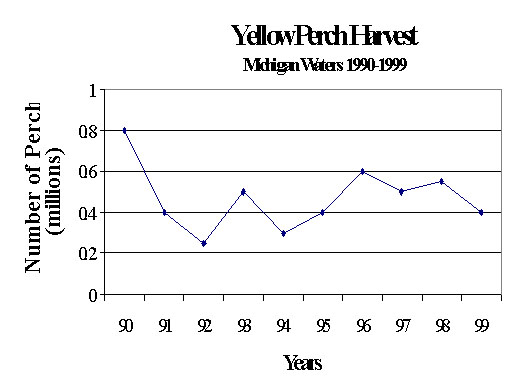
Figure 1. The ten year trend for yellow perch harvests in
Michigan waters of Lake Erie |
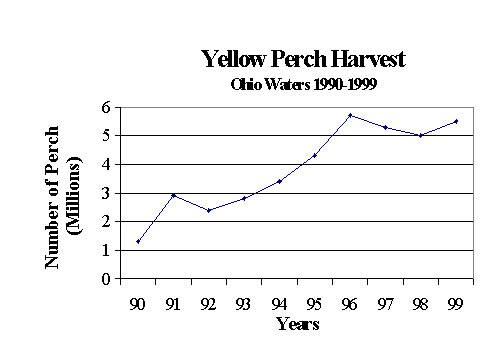
Figure 2. The ten year trend for yellow perch harvests in Ohio
waters of Lake Erie |
|
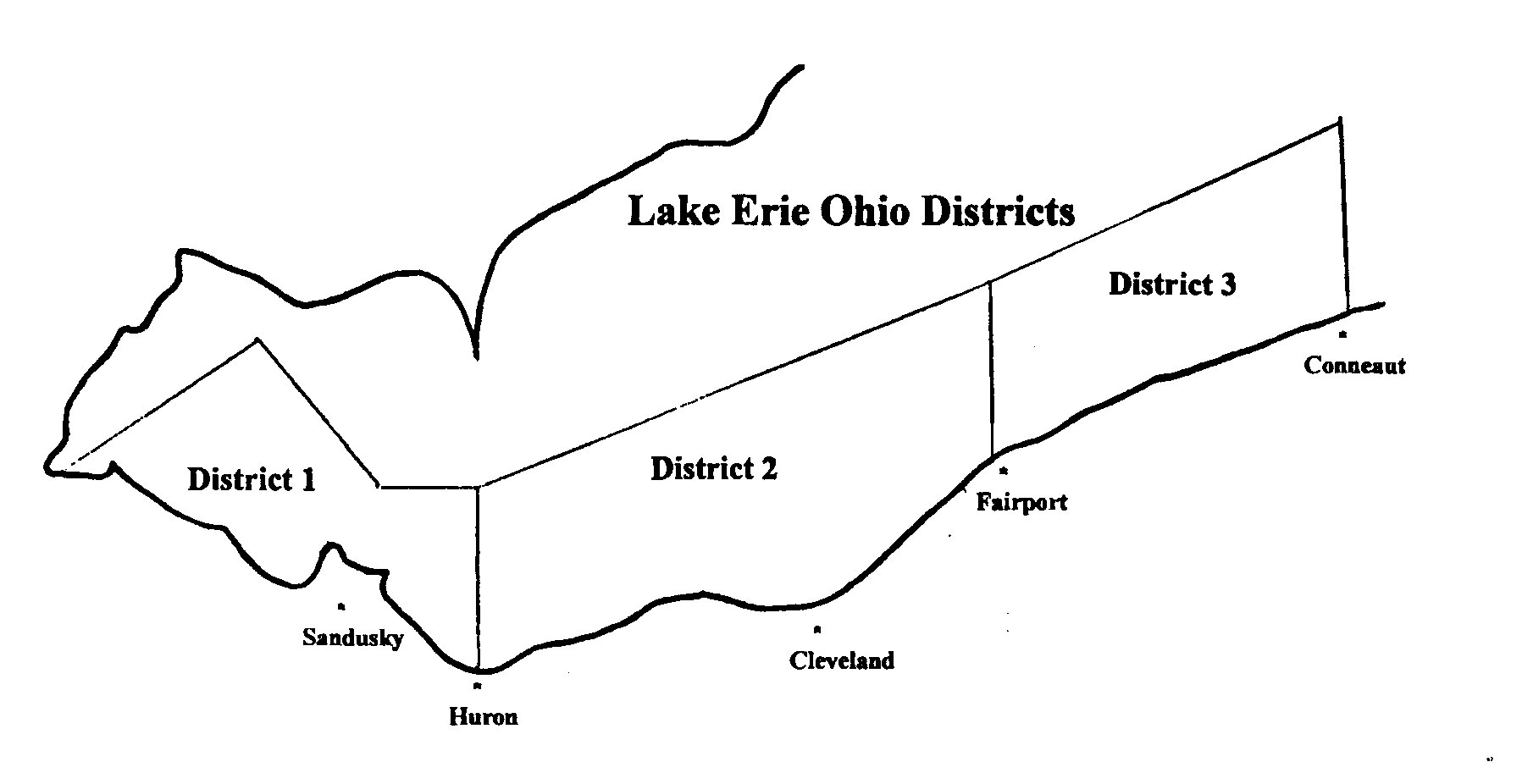
Figure 3. Map indicating the three Ohio Districts
used in monitoring the yellow perch fishery in Ohio waters of Lake Erie. |
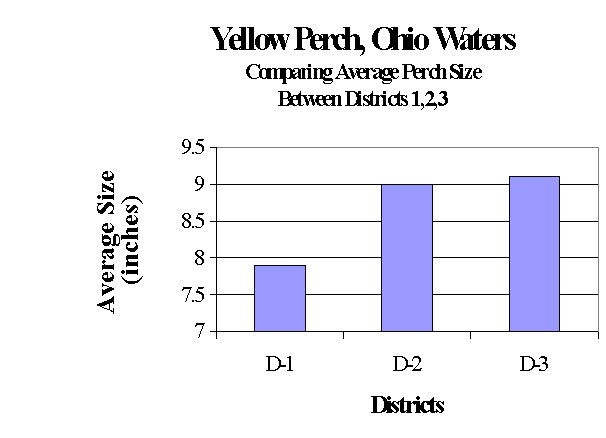
Figure 4. Yellow perch average size comparisons of fish caught in
the three Ohio districts. |
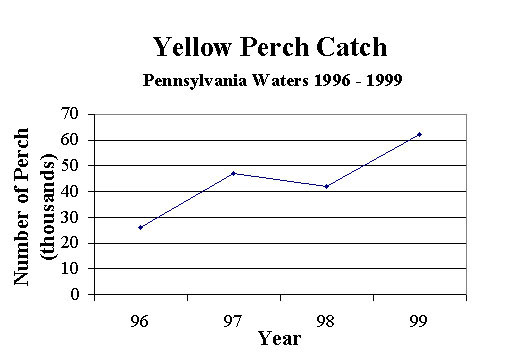
Figure 5. Four year trend of yellow perch harvest by sport
fishermen in Pennsylvania waters of Lake Erie. |
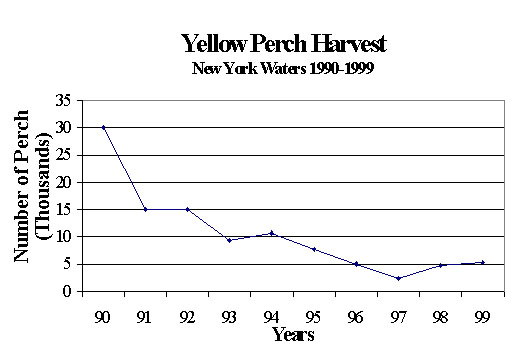
Figure 6. Ten year trend of yellow perch harvest by sport
fishermen in New York waters of Lake Erie |
